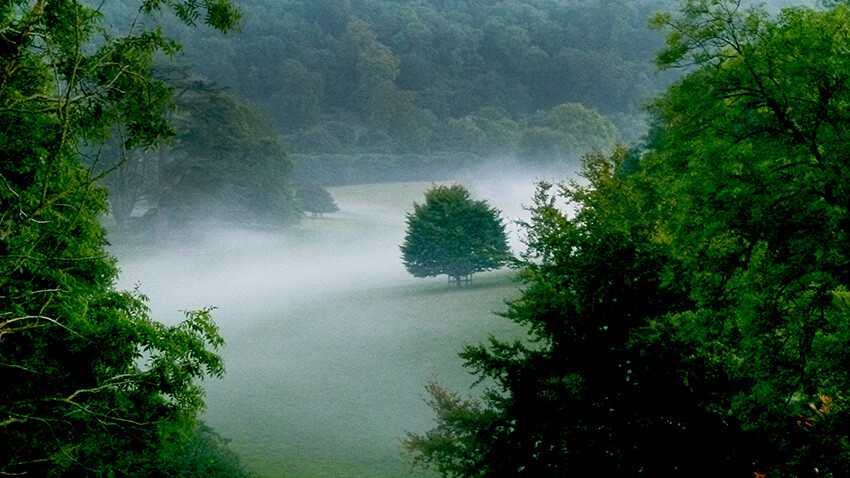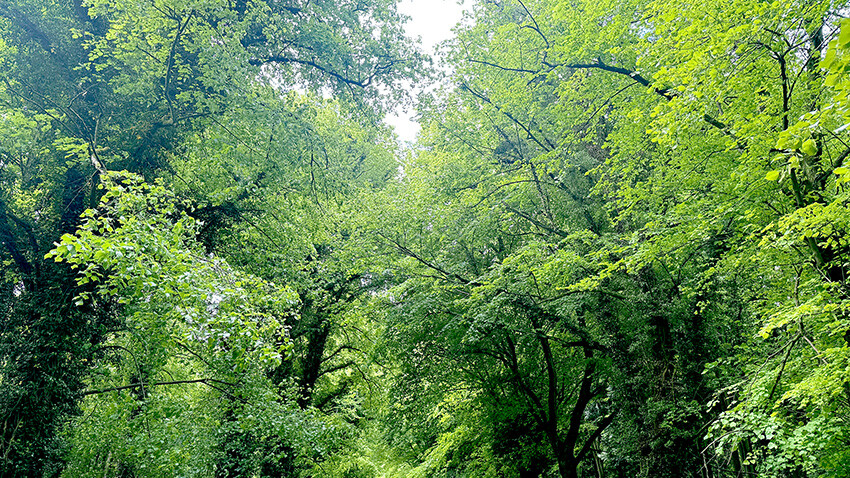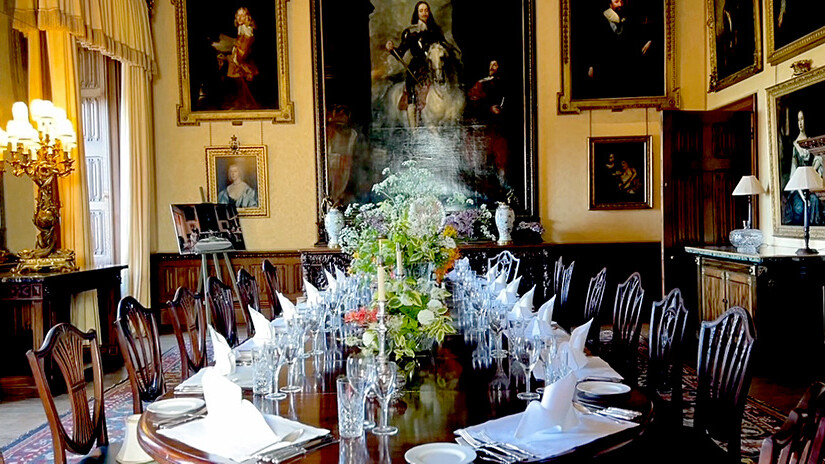Lady Carnarvon's Blog
- Christmas
- Community
- Dogs & Horses
- Egypt & Tutankhamun
- Entertaining
- Farm
- Filming
- Gardens
- History & Heritage
- Daily Life
- Royalty
- Cooking
- Interiors
- Heroes
- Architecture
- Cars
- Conservation
- Downton Abbey
- Events
- Gardens & Landscape
- Highclere Castle Gin
- History
- Planes
- Restoration
- Stories & Books
- Uncategorized
- Visitors
- Wildlife

Monday, 14 July, 2025
Palimpset

Monday, 14 July, 2025
ENSA

Monday, 14 July, 2025
Being Green

Monday, 14 July, 2025
Weathered Faces

Monday, 14 July, 2025
Worth of Paris

Monday, 14 July, 2025
Nostalgia

Monday, 14 July, 2025
Community

Monday, 14 July, 2025
Mackerel Skies

Monday, 14 July, 2025
Constance Spry




























